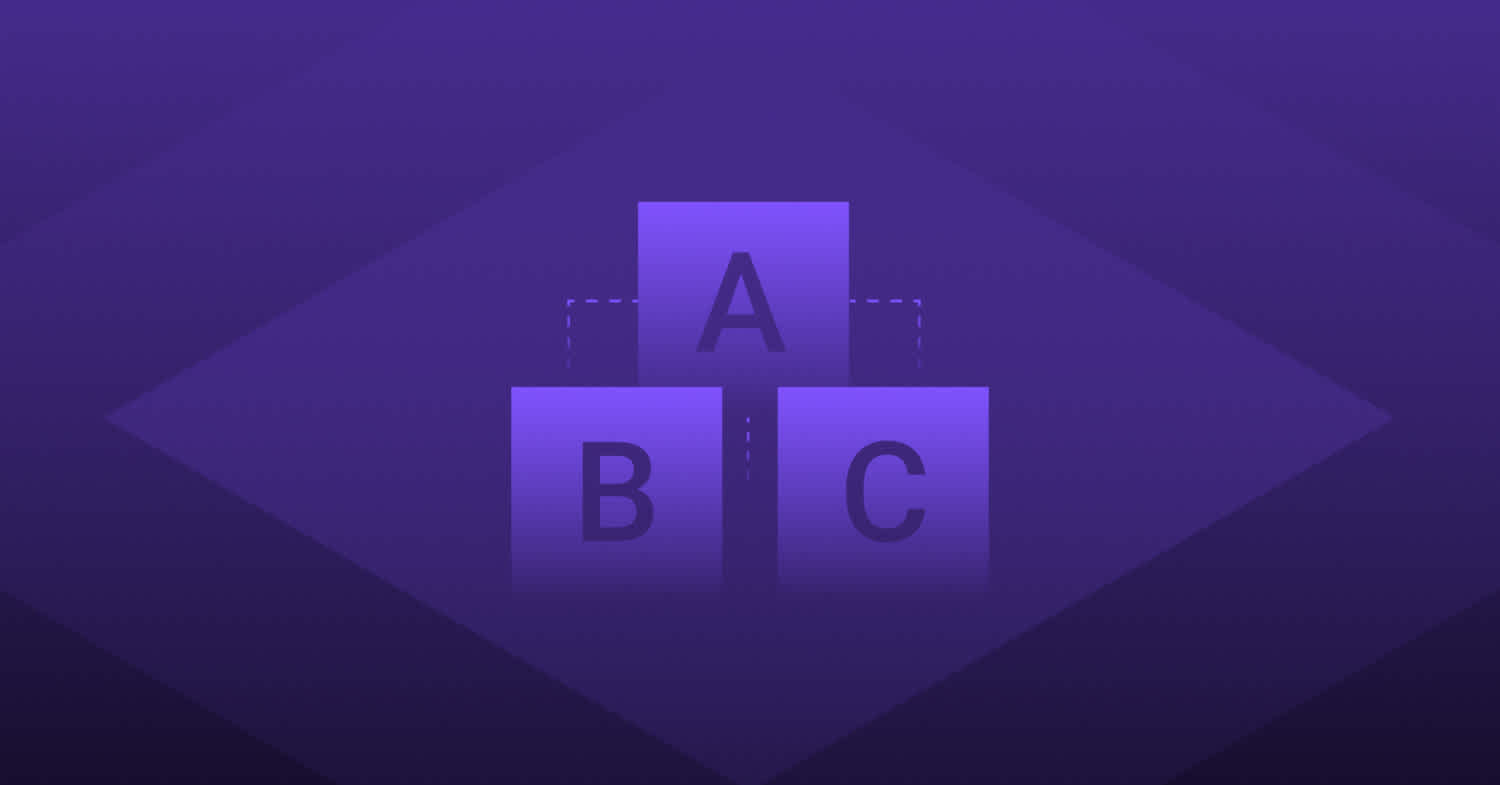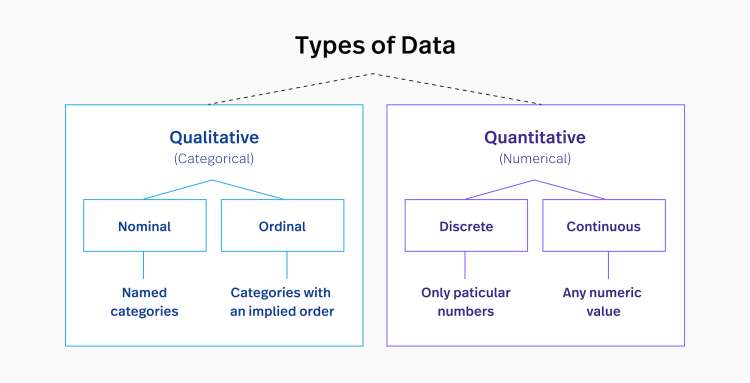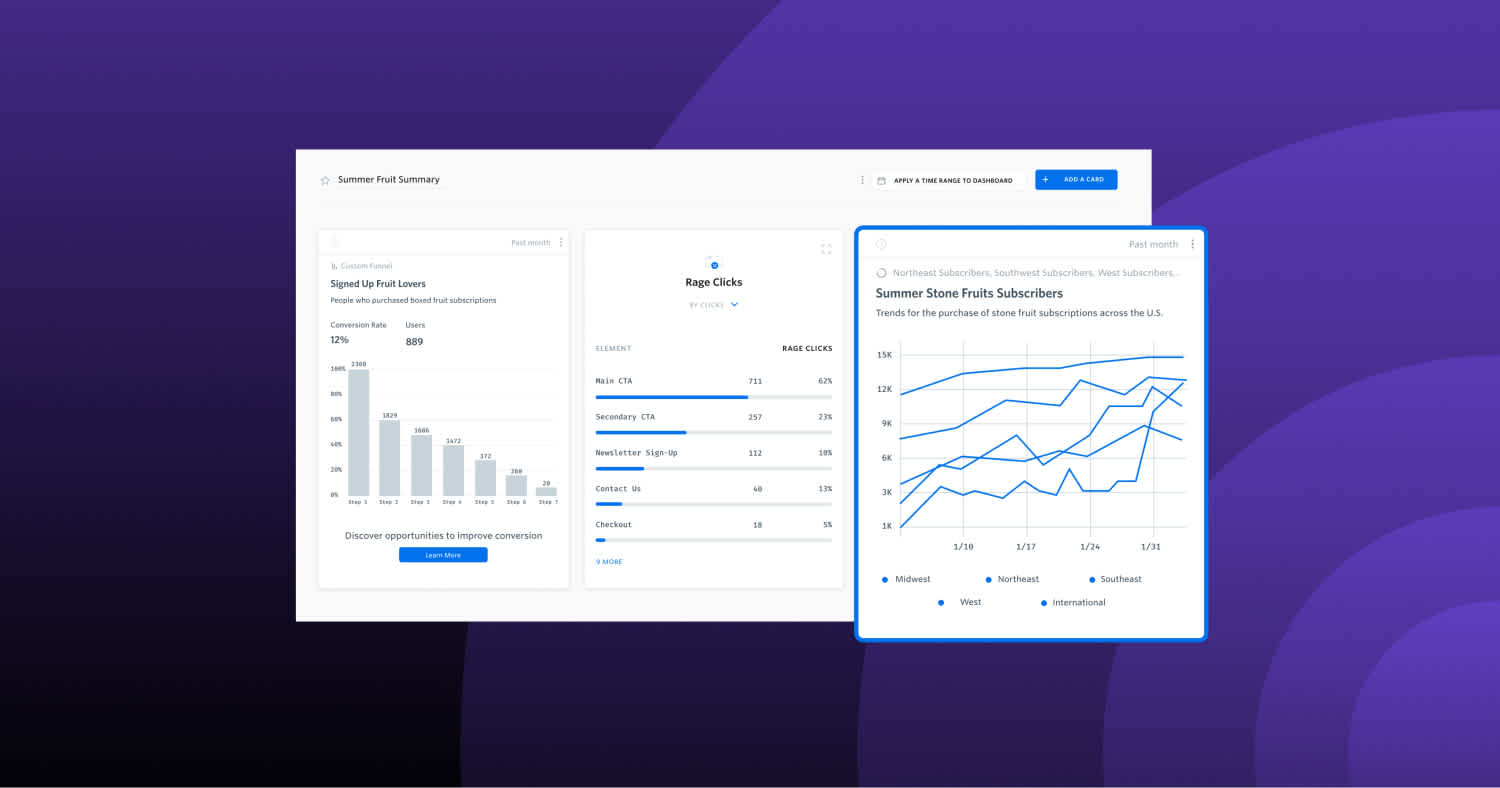In any statistical analysis, data is defined as a collection of information, which may be used to prove or disprove a hypothesis or data set.
Although data can take on any form, however, it’s classified into two main categories depending on its nature—categorical and numerical data.
Understanding different data types helps you to choose which method is best for any situation.
In this article, we will dissect the differences between categorical and quantitative data, along with examples and various types. We’ll also show you what methods you can use to collect and analyze these types of data.
Key takeaways:
Quantitative or numerical data and categorical data are both incredibly important for statistical analysis.
There are different types of both data that can result in unique (and very useful) data analysis results.
Data collection methods are easier to conduct than you may think.
What is quantitative (or numerical) data?
Quantitative data is data expressed in numbers rather than natural language descriptions. It can be used as a form of measurement. It can also be used to carry out mathematical operations—which is important for data analysis.
Unlike qualitative data, quantitative data can tell you "how many" or "how often." Think of quantitative data as your calculator.
To truly understand all of the characteristics of quantitative data, statistical analysis is conducted—the science of collecting, evaluating, and presenting large amounts of data to discover patterns and trends. This takes quantitative research with different data types.
Types of quantitative data
There are two types of numerical data—discrete and continuous:
Discrete data
Discrete data is a type of numerical data with countable elements. This type of data includes incidences, proportions, or characteristics that are counted in non-negative integers. One example of this is the number of tickets in a support queue.
Continuous data
Continuous data is a numerical data type with uncountable elements. It can be any value (no matter how big or small) measured on a limitless scale. For example, the measure of time and temperature are continuous.
Continuous data can be further classified by interval data or ratio data:
Interval data
Interval data can be measured along a continuum, where there is an equal distance between each point on the scale. Interval data has no true or meaningful zero value. For instance, the difference between 5 and 6 feet is equal to the difference between 25 and 50 miles on a scale.
Ratio data
Ratio data is similar to interval data in that it’s equally spaced on a scale, but unlike interval data, ratio data has a true zero. Weight is classified as ratio data; whether it has equal weight or weighs zero grams—it weighs nothing at all.
Further, quantitative data can also be broken down into these different data types:
Projections and predictions: Data analysts estimate quantities using algorithms, artificial intelligence (AI), or good old-fashioned manual analysis. These insights can also support efforts like conversion rate optimization.
Calculations, measurements or counts: This type of data refers to the calculations, measurements, or counting of items or events. For example, you might measure the length and width of your living room before ordering a new sofa.
Change detection: Any system that detects changes in the surrounding environment and sends this information to another device to convert to numbers—becomes quantitative data. For example, a home thermostat provides you with data about the changing temperatures of your home on a paired device.
Quantitative data examples
Quantitative data is mostly numbers based, so here are a few numerical examples to help you understand how it’s analyzed:
We received 20 emails on Thursday.
The airplane went up 22,000 feet in the air.
The office is 900 square feet in size.
There are six bananas in this bunch.
Advantages and disadvantages of quantitative data
As with anything, there are pros and cons to quantitative data. Understanding these can make or break a data analysis, and will help you run the correct type of analysis in any circumstance.
Advantages of quantitative data
Quantitative variables let you quickly collect information, including randomized samples with the ability to reach larger groups and duplicate easily.
It also allows you to focus on facts that don’t require direct observation and can be anonymous—making your analysis easier to complete.
Disadvantages of quantitative data
Quantitative data can get expensive and the results don’t include generalizing ideas, social input, or feedback. Each data point is on its own (not useful for large groups) and can create doubts of validity in its results.
Additionally, be aware that random data is not usable and sometimes, quantitative data creates unnatural environments to evaluate data—which can’t be recreated in real life.
Depending on the analysis, it can be useful and limiting at the same time. That’s why you also need categorical data to get a full data analysis.
Quantitative Data 101: What is quantitative data?
Take a deeper dive into what quantitative data is, how it works, how to analyze it, collect it, use it, and more.
What is categorical data?
Categorical data is a type of data that can be stored into groups or categories with the aid of names or labels.
This grouping is usually made according to the data characteristics and similarities of these characteristics through a method known as matching.
Data matching compares two sets of data collections. The process is based on algorithms where each individual piece of a data set is analyzed, matching it against other individual data sets, looking for particular similarities.
Categorical data is qualitative, describing an event using a pattern of words rather than numbers. It’s analyzed using mode and median distributions, a histogram, or graphically using a bar chart. Although categorical data is qualitative, it can also be calculated in numerical values. However, these possible values don’t have quantitative qualities—meaning you can’t calculate anything from them.
Categorical data may also be classified as binary and nonbinary depending on its nature. A given question with two options is classified as binary because it is restricted—but may include magnitudes of alternate options which make it nonbinary.
There are two main types of categorical data: nominal data and ordinal data.
Types of categorical data
Categorical data is divided into two types, nominal and ordinal.
Nominal data
Nominal data is used to name variables without providing numerical value. Nominal data is sometimes referred to as “named” data. Examples of nominal data include name, height, and weight.
Ordinal data
Ordinal data has a set order or scale to it. It can be both types of data, but it exhibits more categorical data characteristics. Some examples of ordinal variables include customer satisfaction surveys, interval scales, and bug escalation.
Categorical data examples
Historically, categorical data is analyzed with bar graphs or pie charts and used when the need for categorizing comes into play.
Pricing: Categorical data is mostly used by businesses when investigating the spending power of their target audience—to conclude on an affordable price for their products.
Applications: Data may be requested when filling forms for job applications, admission, or training and used to assess qualifications for a specific role.
Biodata: Respondents are asked for their gender when filling out a biodata—categorized as binary or nonbinary (male, female, or alternatives).
Feedback surveys: After a purchase, businesses like to get feedback from customers regarding how to improve their service.
Competitive analysis: When doing competitive analysis research, a brand may want to study the popularity of its competitors among its target audience.
Each of these examples can group the results into categories and be used to filter data results.
Advantages and disadvantages of categorical data
Before you begin analyzing your data categorically, be sure to understand the advantages and disadvantages.
Advantages of categorical data
Categorical data is unique and does not have the same kind of statistical analysis that can be performed on other data.
There is no standardized interval scale which means that respondents cannot change their options before responding. It provides straightforward results.
The results of categorical data are concrete, without subjective open-ended questions.
Disadvantages of categorical data
Categorical data requires larger samples which are typically more expensive to gather.
The data research is most likely low sensitivity, for instance, either good/bad or yes/no.
Quantitative analysis cannot be performed on categorical data which means that numerical or arithmetic operations cannot be performed.
Ultimately, It’s beneficial to be able to categorize your data into groups, but you need quantitative data to be able to calculate results.
Categorical and quantitative data similarities
With both of these types of data, there can be some gray areas. There are similarities in both categorical and quantitative data that are worth getting to know.
Ordinal data can be classified as both categorical and numerical data.
Numerical and categorical data can not be used for research and statistical analysis.
Data analysts sometimes explore both categorical and numerical data when investigating descriptive statistics.
Both categorical and numerical data can take numerical values.
Data collection methods for numerical data
With quantitative analysis, nominal data is mostly collected using open-ended questions while ordinal data is mostly collected using multiple-choice questions.
Numerical data, on the other hand, is mostly collected through multiple-choice questions whenever there is a need for calculation.
Interviews
The quantitative interview is structured with questions asking participants a standard set of close-ended questions that don’t allow for varied responses.
These interviews could be in-person, on the phone, or by virtual methods. A quantitative interview is similar to filling out a close-ended survey, except the method is done verbally.
Surveys
Surveys are the most common quantitative data-collection method. These close-ended surveys ask participants to answer either yes or no or with multiple choice. For example, an NPS survey after a purchase, asking participants to rate their service on a 1-10 scale.
Observation
This method gathers data by observing participants during a scheduled or structured event. It’s a method to obtain numerical data that focuses on the “what” rather than the “why.”
Collecting data this way is often referred to as “structured,” in which the focus is on observing, rather than adding up and measuring behaviors.
Data collection methods for categorical data
Categorical data can be collected through different methods, which may differ from categorical data types.
Surveys
Surveys are also a common method for categorical data collection. With close-ended surveys, it allows the analysis to group and categorize the data sets to derive solid hypotheses and metrics.
Forms
Just like the job application example, form collection is an easy way to obtain categorical data. By adding a contact us form on your website, you can easily extrapolate information on your target audience. This can come in the form of web forms, modal pop-ups, or email capture buttons.
Research tools
With categorical data, you may need to turn inward to research tools. This can mean reports, white papers, poll and survey results—or any dashboard that allows you to evaluate the research of comparable data.
For instance, if you were searching for competitive intel, you could use a product analytics tool like Google Analytics to find out what is happening with your competition.
Categorical vs quantitative data—which is best for you?
When it comes to categorical variables and quantitative data, knowing the abilities and limitations is key to understanding your own data analysis.
Data has to be right. When working with data management or statistical analysis, it’s crucial to understand quantitative and categorical data and what their role is in your success.
That’s why we created a best-in-class Digital Experience Intelligence solution at Fullstory. We know that data is the backbone of your growth. We combine quantitative and categorical data into one customer intelligence platform so you can focus on the important things—like scaling.
It is important to get the meaning of the terminology right from the beginning, so when it comes time to deal with the real data problems, you will be able to work with them in the right way.
Unlock business-critical data with Fullstory
A perfect digital customer experience is often the difference between company growth and failure. And the first step toward building that experience is quantifying who your customers are, what they want, and how to provide them what they need.
Access to product analytics is the most efficient and reliable way to collect valuable quantitative data about funnel analysis, customer journey maps, user segments, and more.
But creating a perfect digital experience means you need organized and digestible quantitative data—but also access to qualitative data. Understanding the why is just as important as the what itself.
Fullstory's behavioral data platform combines the quantitative insights of product analytics with picture-perfect session replay for complete context that helps you answer questions, understand issues, and uncover customer opportunities.
Start a free 14-day trial to see how Fullstory can help you combine your most invaluable quantitative and qualitative insights and eliminate blind spots.


